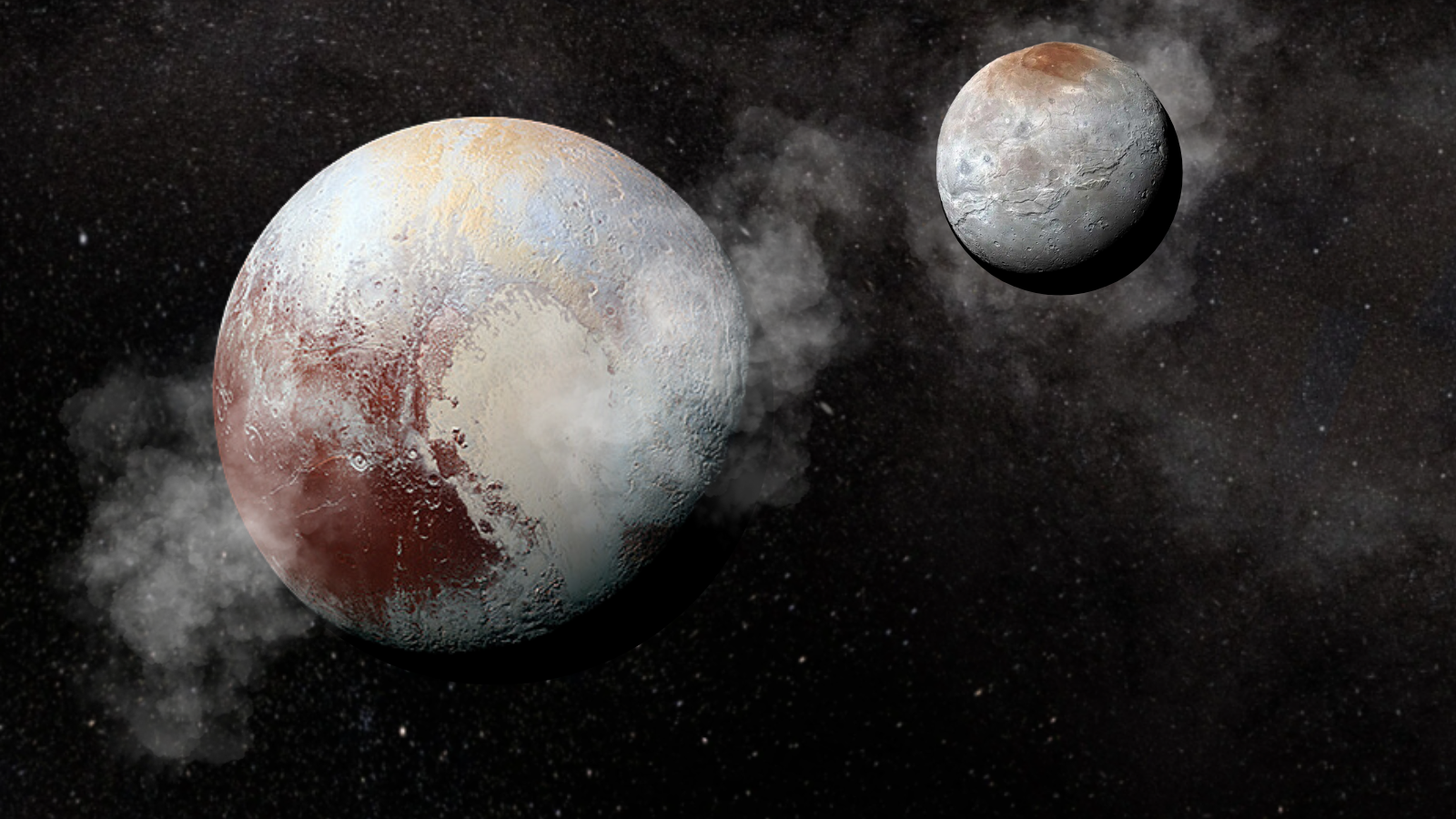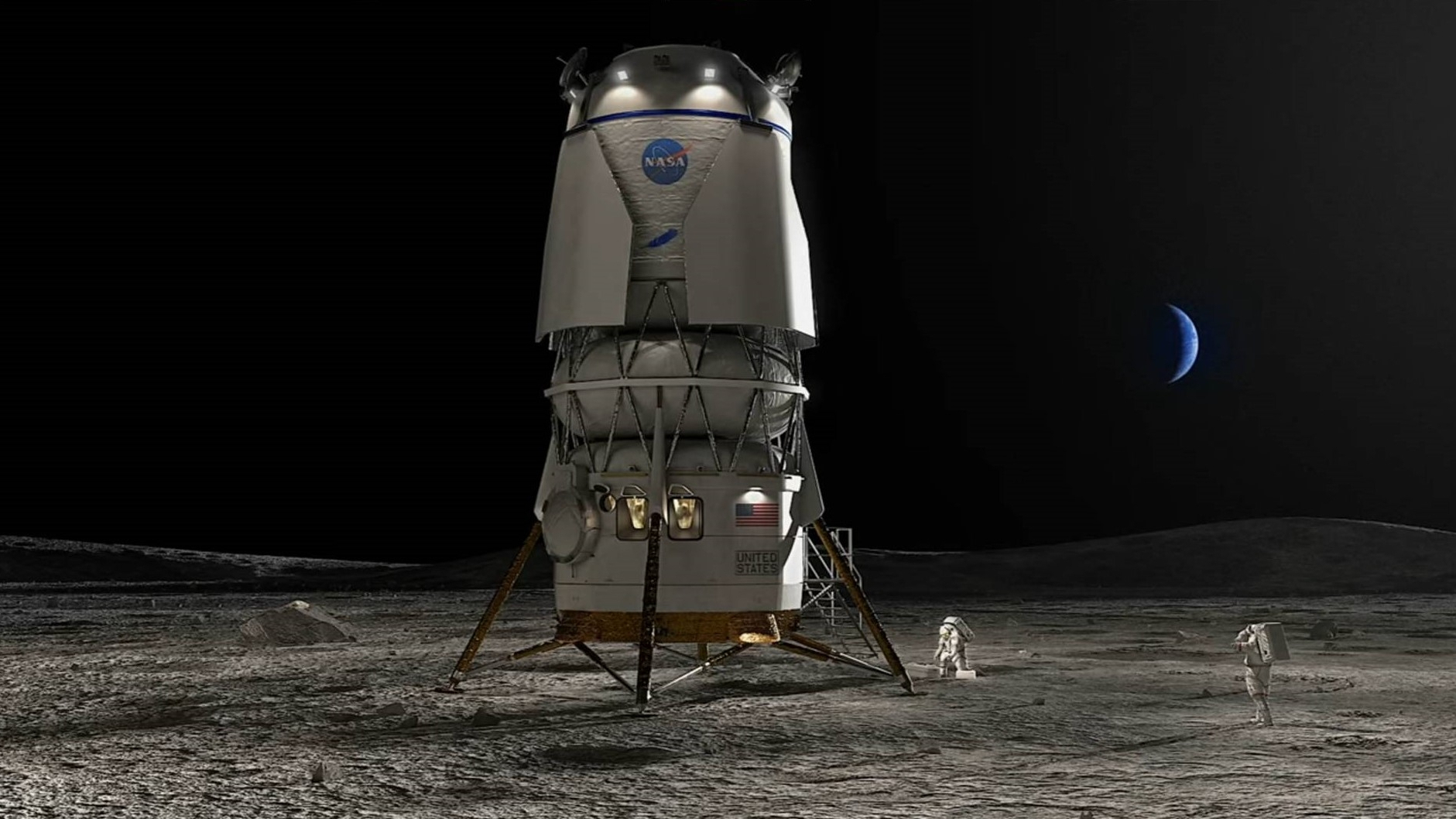
Robert Lea
Robert Lea is a science journalist in the U.K. whose articles have been published in Physics World, New Scientist, Astronomy Magazine, All About Space, Newsweek and ZME Science. He also writes about science communication for Elsevier and the European Journal of Physics. Rob holds a bachelor of science degree in physics and astronomy from the U.K.’s Open University. Follow him on Twitter @sciencef1rst.
Latest articles by Robert Lea
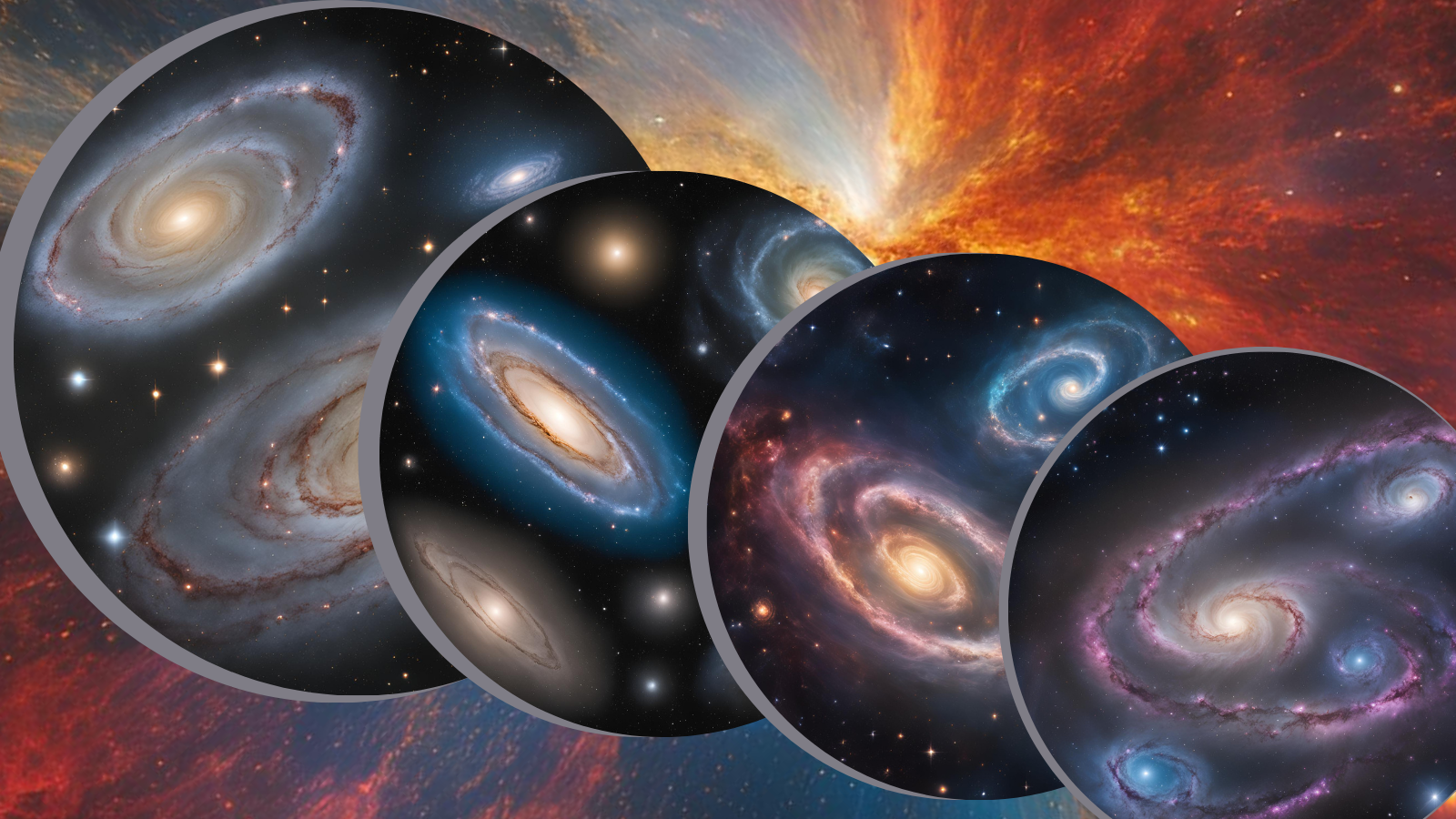
A cosmic 'CT scan' shows the universe is far more complex than expected
By Robert Lea published
A "cosmic CT scan" performed by scientists using two very different cosmic surveys has revealed the cosmos is less clumpy and more complicated than we thought.
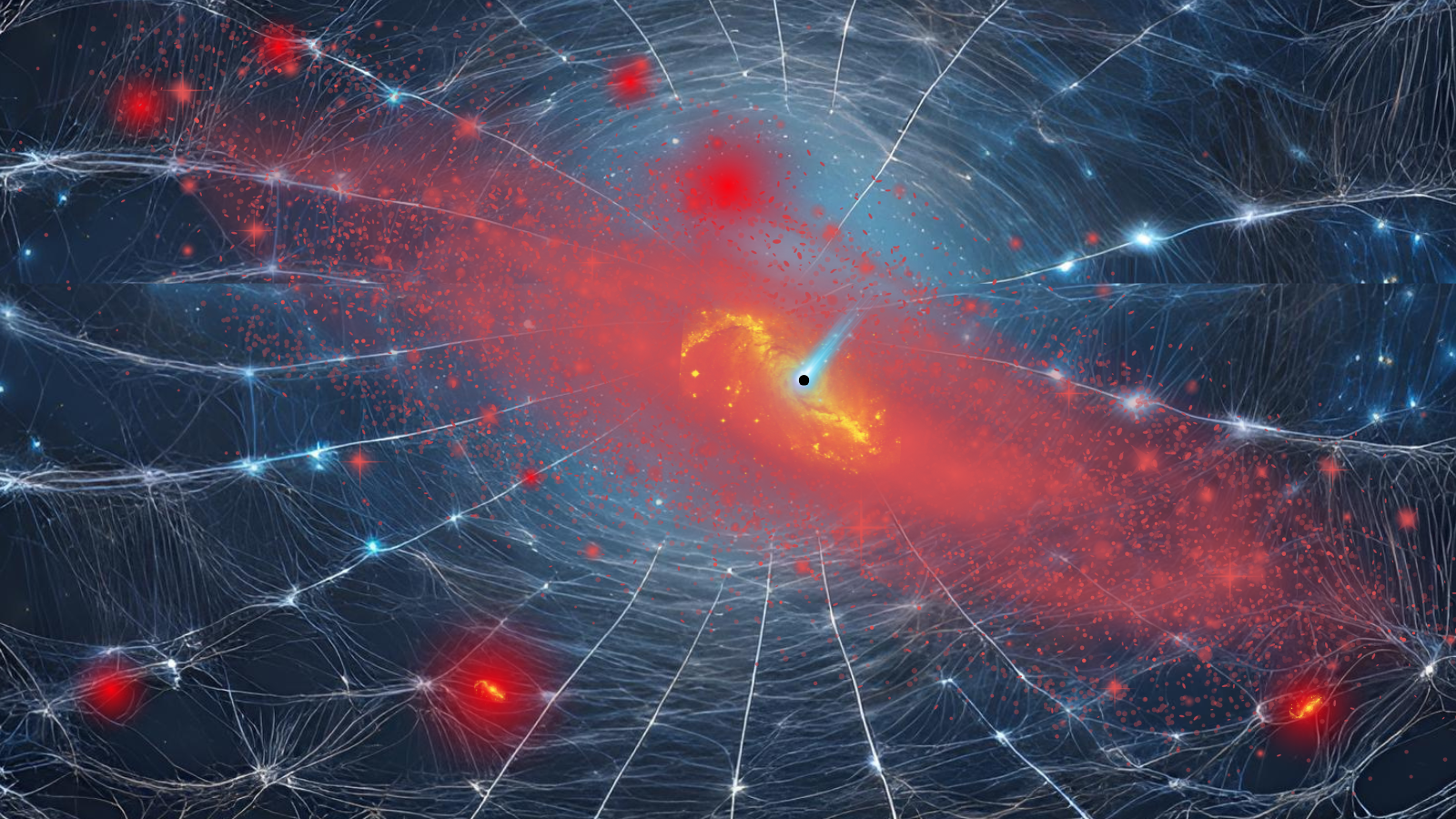
Supermassive black holes in 'little red dot' galaxies are 1,000 times larger than they should be, and astronomers don't know why
By Robert Lea published
"Little red dot" galaxies discovered by the James Webb Space Telescope in the early cosmos appear to be ruled by supermassive black holes that are 1,000 times too massive.
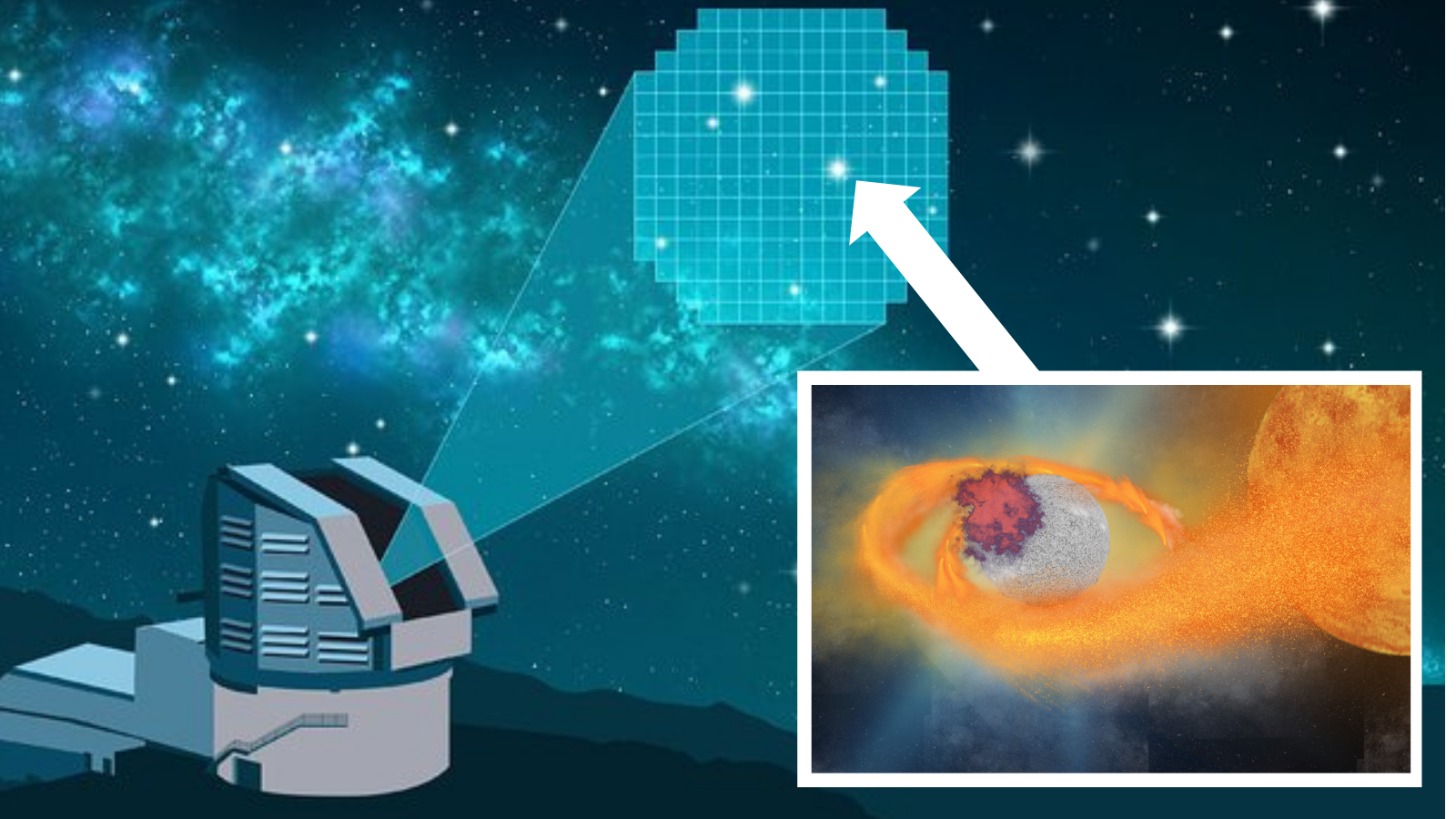
To decode dark energy, the Rubin Observatory will find millions of exploding vampire stars
By Robert Lea published
The Vera C. Rubin Observatory is set to detect millions of exploding vampire stellar remnants called "white dwarfs," shedding light on dark energy.
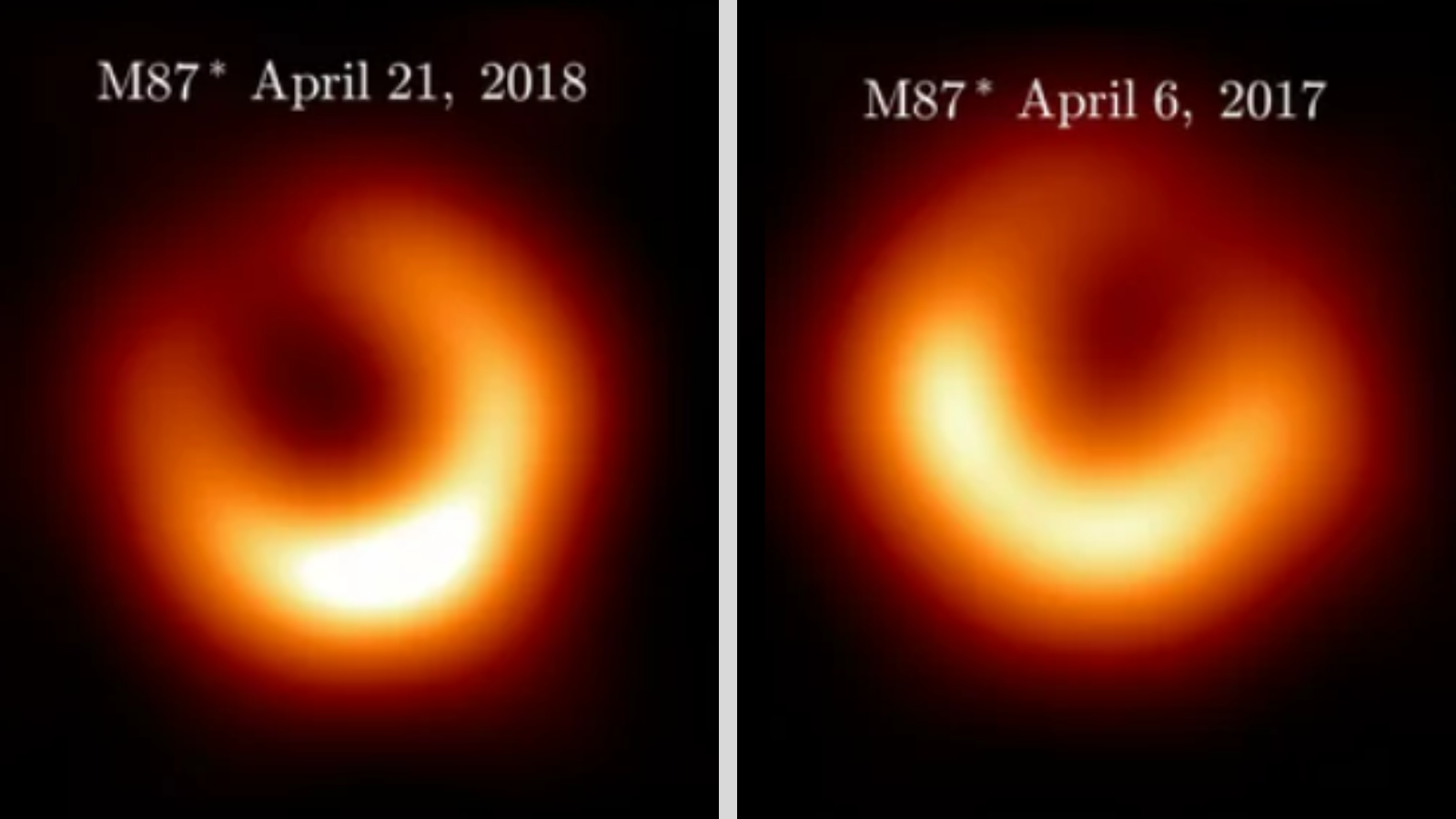
The 1st monster black hole ever imaged has messy eating habits
By Robert Lea published
A new analysis of M87*, the first black hole imaged by humanity, has revealed turbulence in the matter around it, which this supermassive black hole feasts upon.
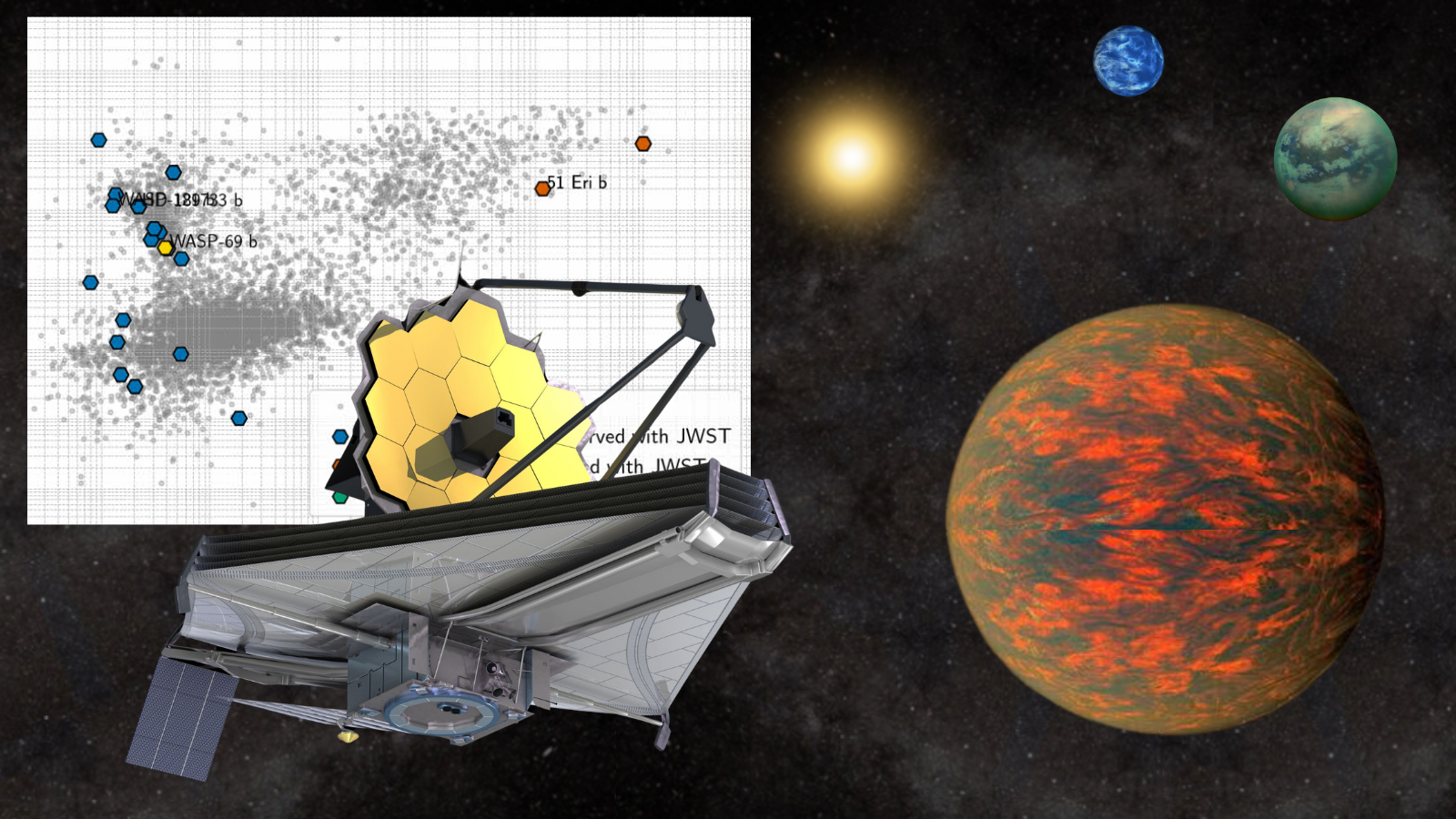
3 years of James Webb Space Telescope data on alien worlds now available online
By Robert Lea published
The James Webb Space Telescope has revolutionized astronomy in just three years. A new project celebrates its impact on the study of exoplanets, worlds beyond the solar system.
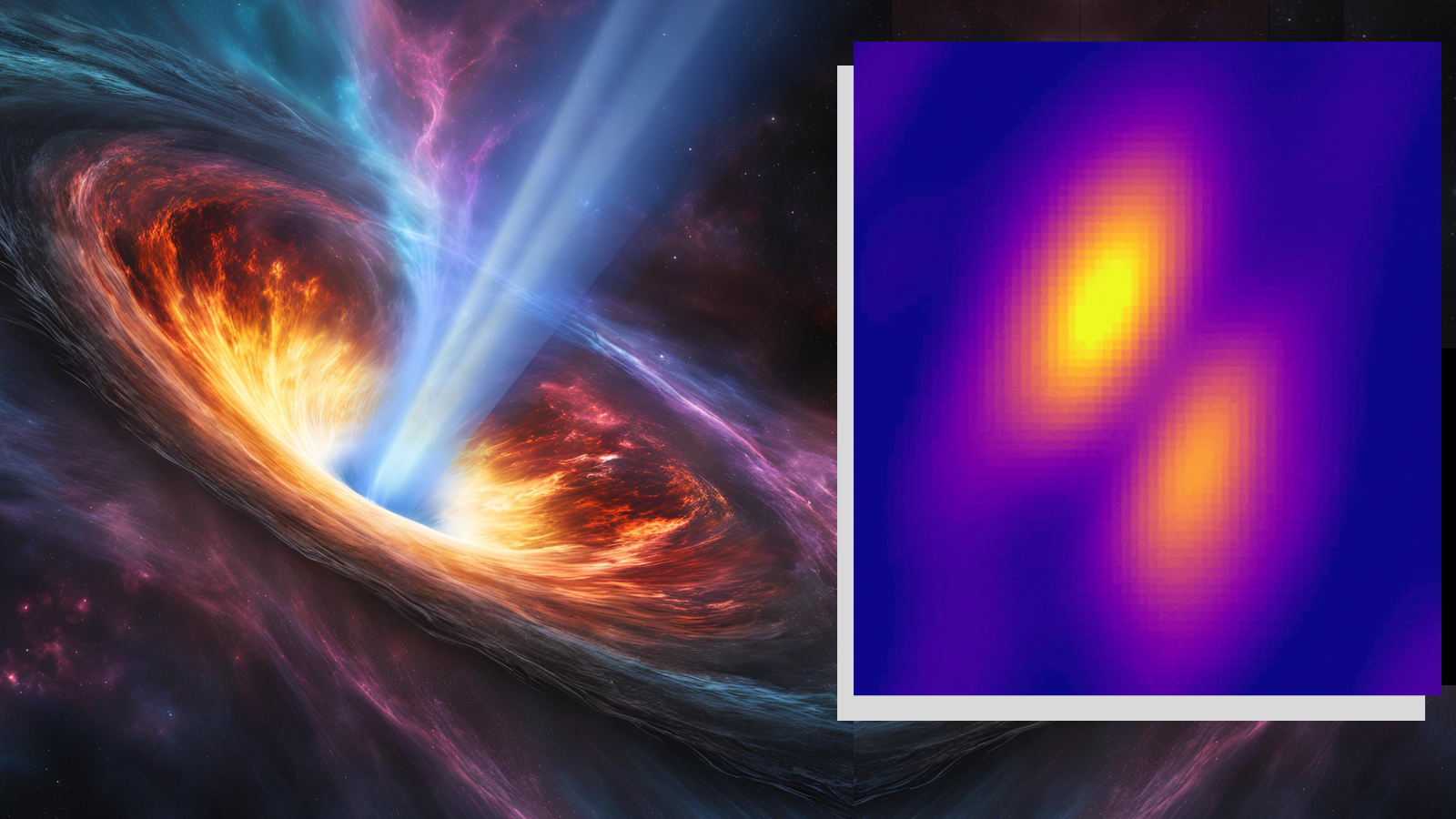
Astronomers watch monster black hole spit out a light-year-long jet
By Robert Lea published
Astronomers have witnessed a monster supermassive black hole erupting with a light-year-long jet traveling at one-third the speed of light.
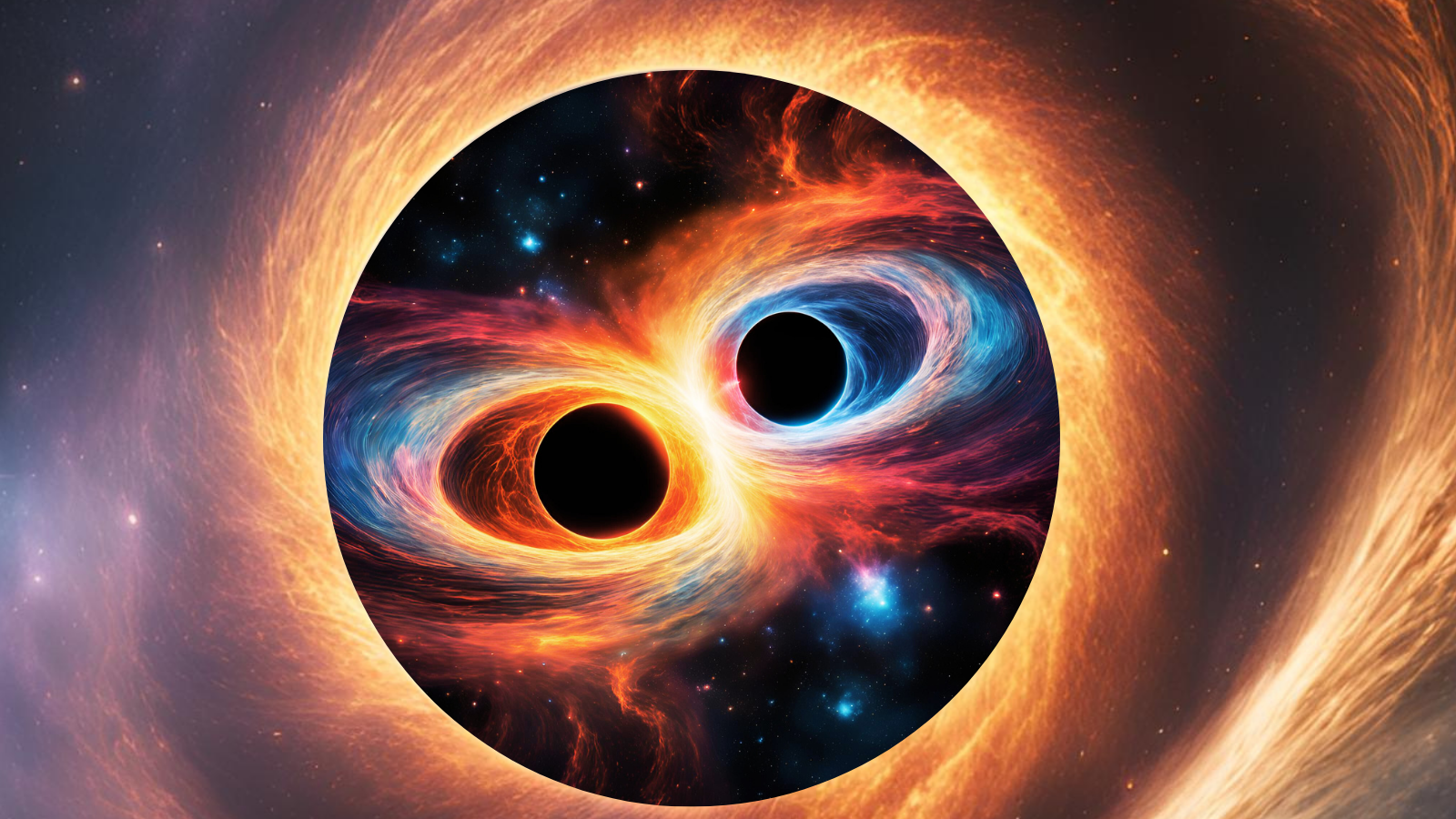
Gravitational waves offer a 'cosmic DNA test' for black holes
By Robert Lea published
The size and spin of black holes can reveal how and where they were born, and gravitational waves offer a way to decode this information like a cosmic DNA test.
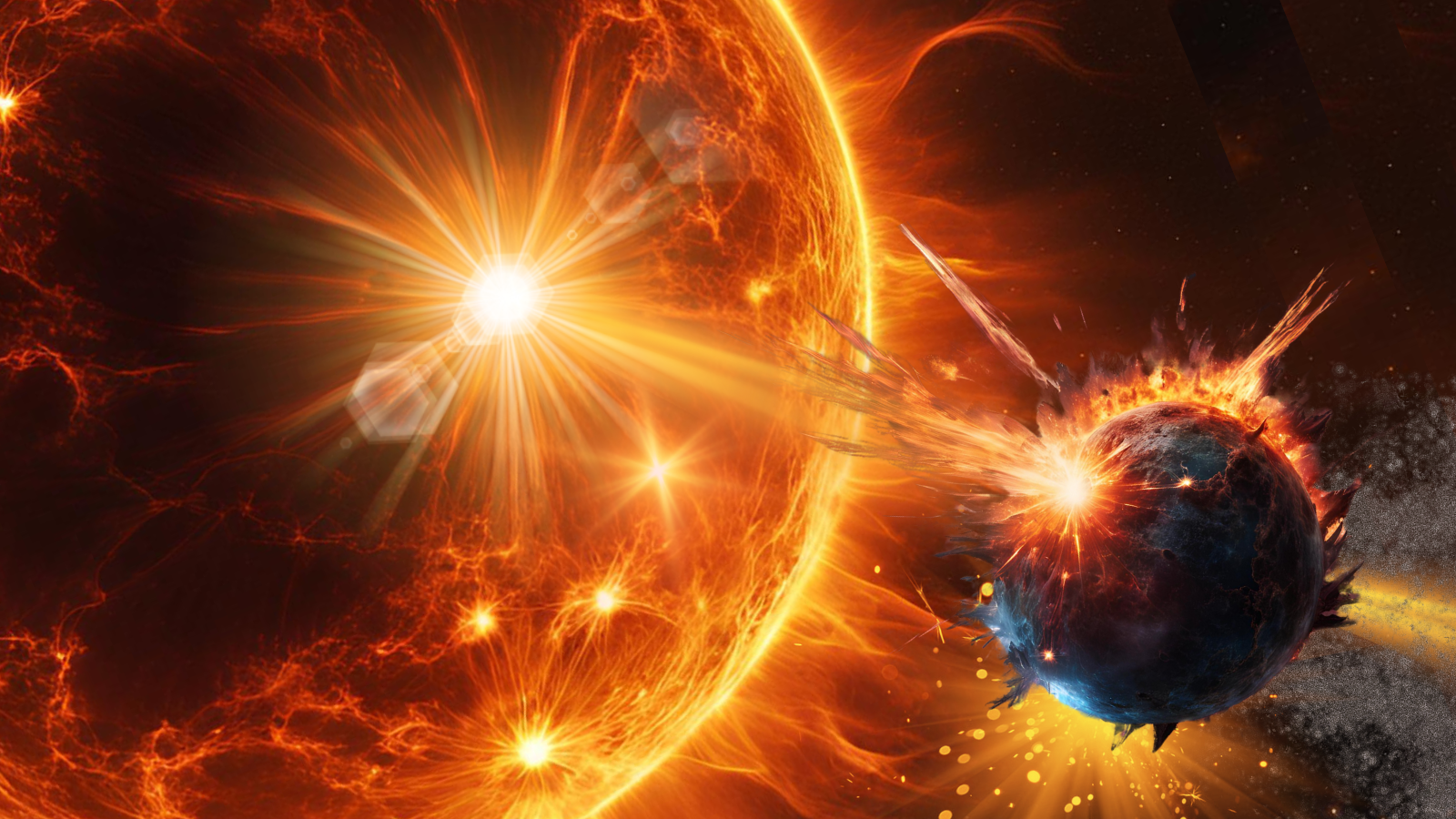
Fastest disintegrating world ever seen 'spills its guts' for NASA's exoplanet hunter
By Robert Lea published
NASA's TESS exoplanet hunter has found the fastest-disintegrating planet ever. Losing a moons-worth of matter every million years, it is a prime target for the James Webb Space Telescope.
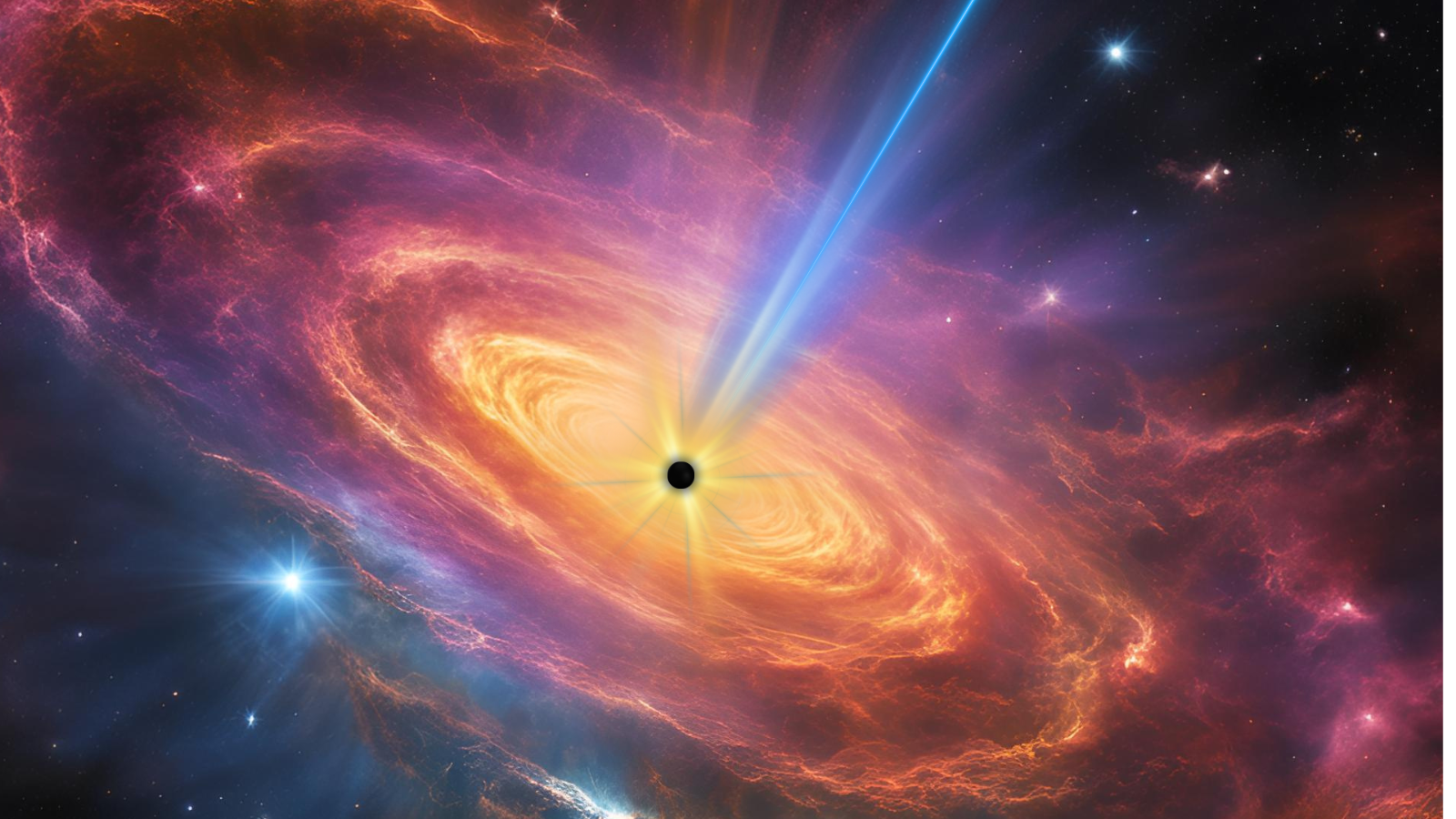
Feeding supermassive black holes may have ended the cosmic 'dark ages' billions of years ago
By Robert Lea published
NASA's Chandra and NuSTAR telescopes have teamed up to study a supermassive black hole-powered quasar that could have played a key role in ending the cosmic dark ages.

When is the Winter Solstice and what happens?
By Robert Lea last updated
Reference Winter Solstice has long marked a time of rebirth, behind it are fascinating astronomical events.

James Webb Space Telescope sees little red dots feeding black holes: 'This is how you solve a universe-breaking problem'
By Robert Lea published
The James Webb Space Telescope's ancient "little red dot" galaxies have been seen as a sign of "broken cosmology." Feeding supermassive black holes may have come to the rescue.
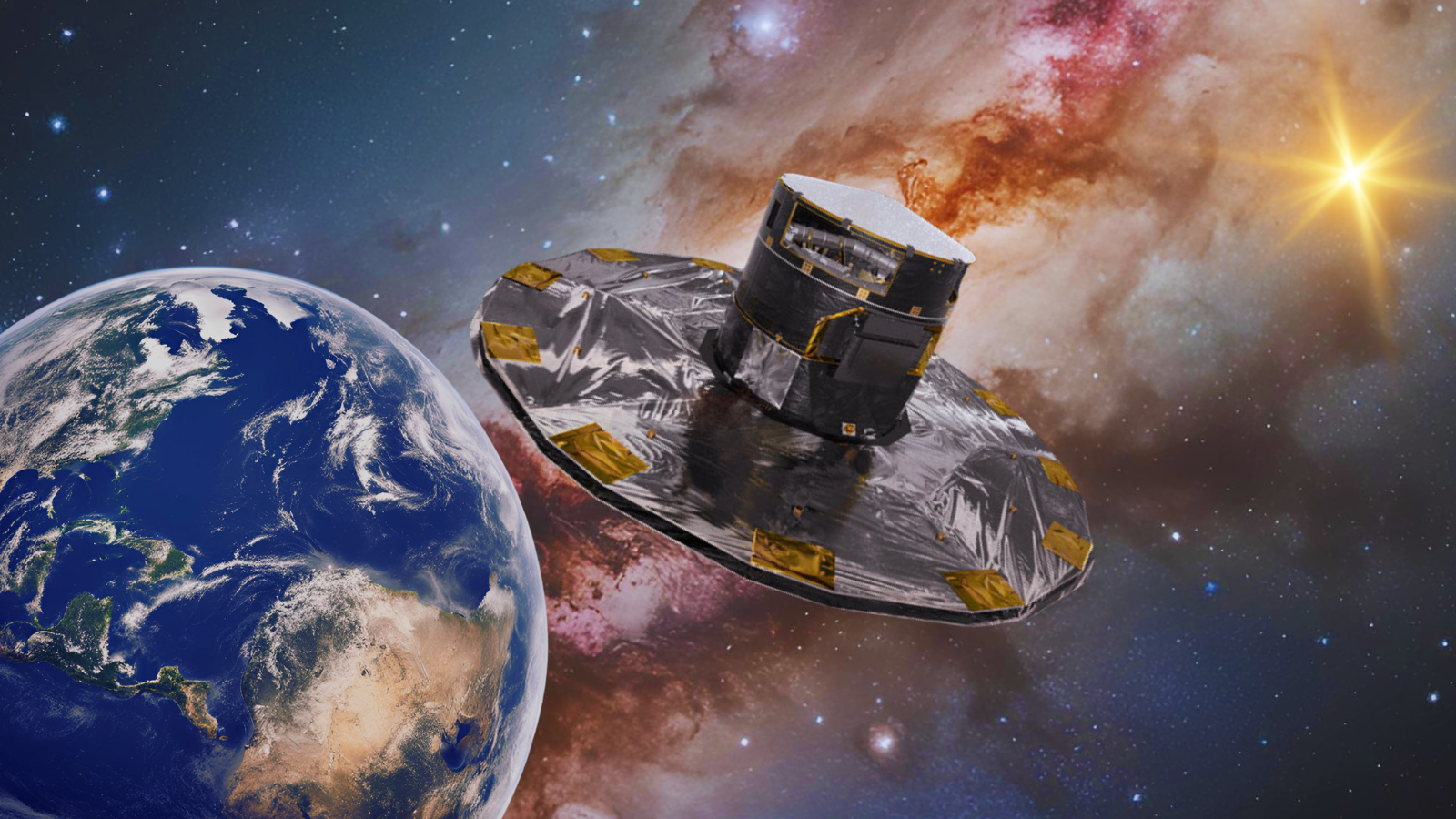
Goodnight, Gaia! ESA spacecraft shuts down after 12 years of Milky Way mapping
By Robert Lea published
Goodnight Gaia. The European Space Agency star-tracking satellite ceased operations on Wednesday, Jan. 15, 2025, after 12 years of mapping the Milky Way.
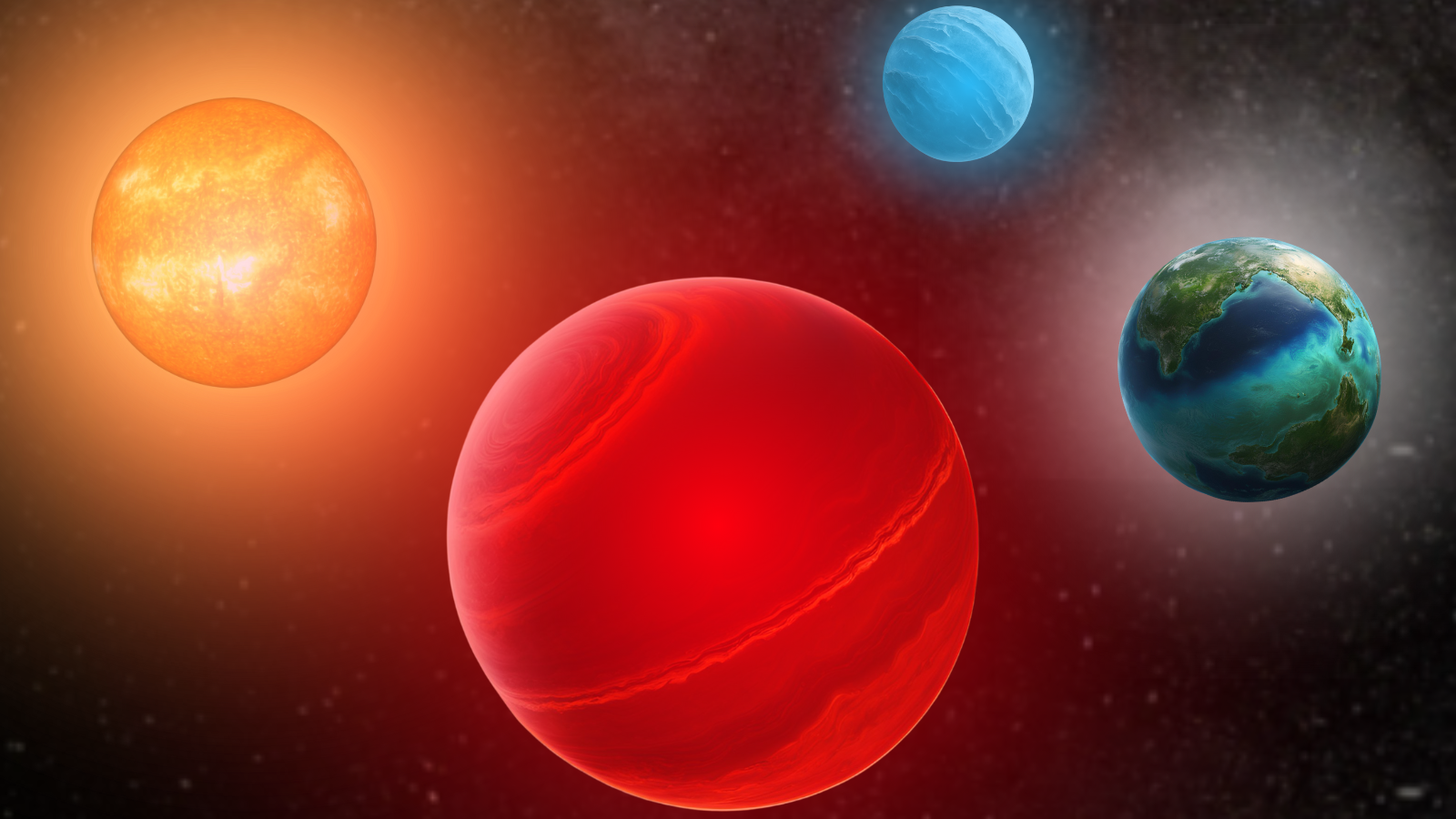
Strange multi-planet system proves not all hot Jupiter exoplanets are lonely giants
By Robert Lea published
Hot Jupiters may not be the lonely giants scientists once thought they were.
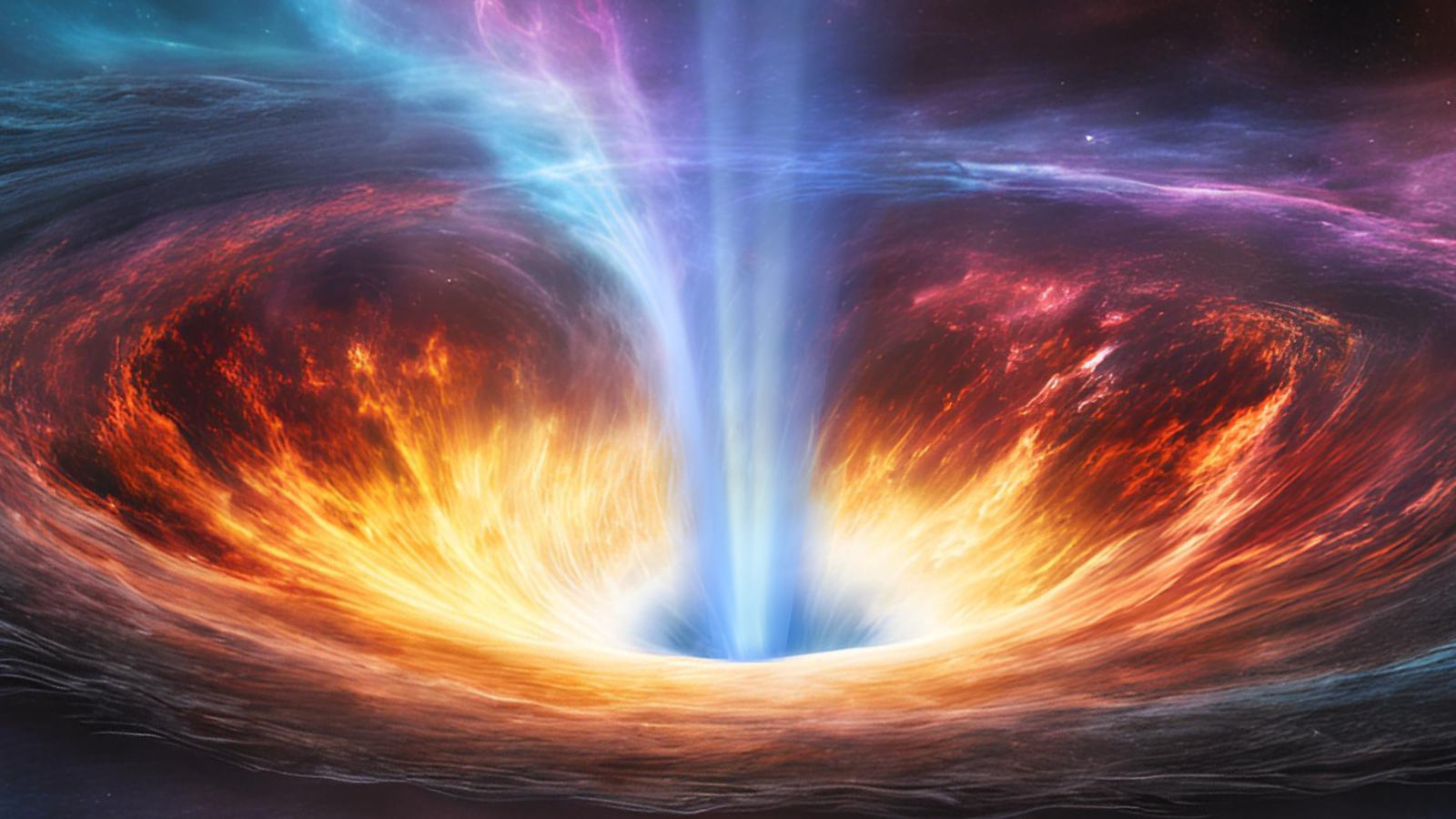
Feeding supermassive black holes are more common than thought across the universe
By Robert Lea published
Feeding supermassive black holes are more common in the cosmos than previously suspected. What could possibly hide such ravenous cosmic titans?
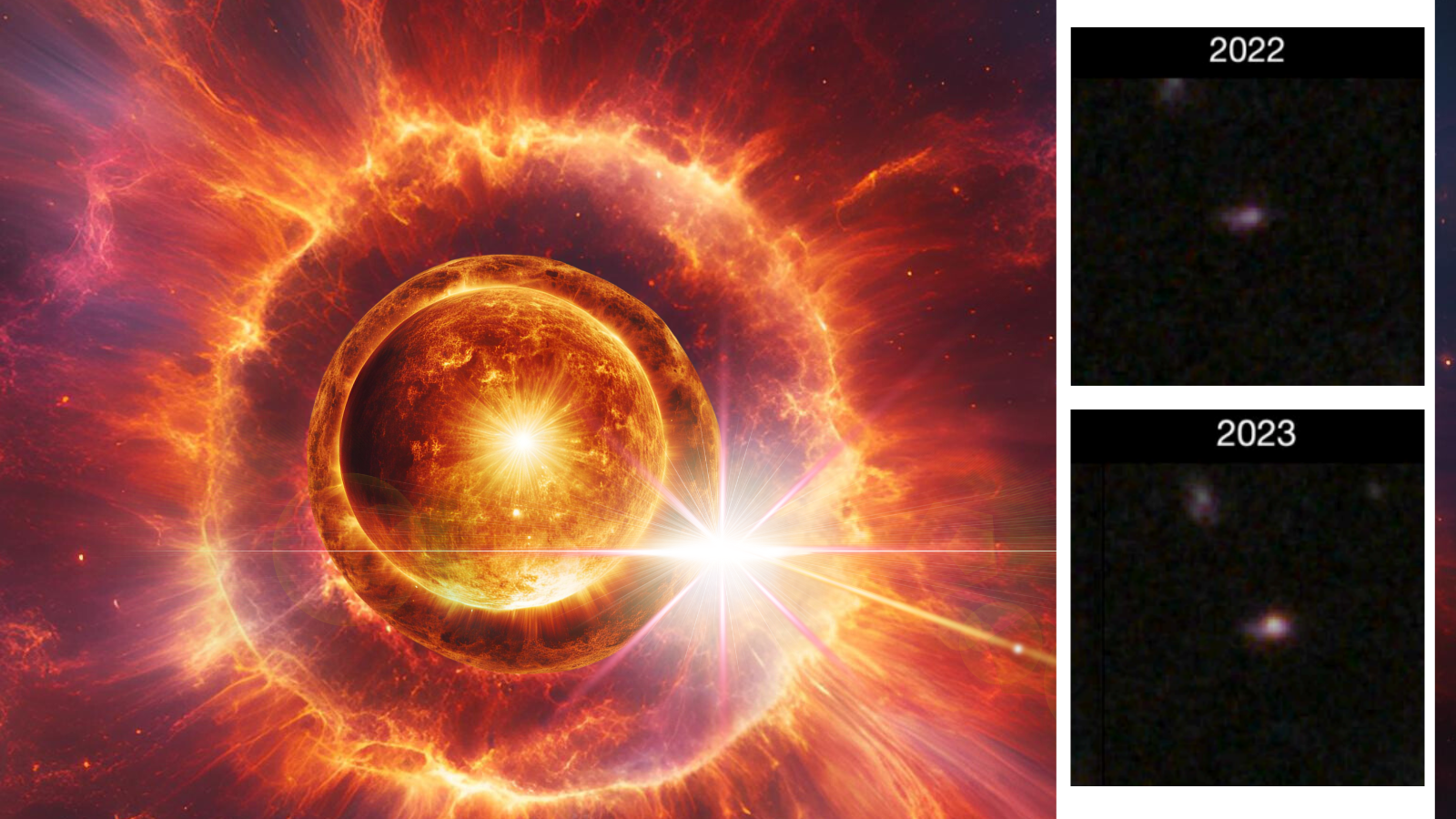
James Webb Space Telescope discovers one of the earliest 'truly gargantuan' supernovas ever seen
By Robert Lea published
The James Webb Space Telescope has spotted one of the earliest and most distant supernovas, marking the death of a stellar monster 20 times the mass of the sun.
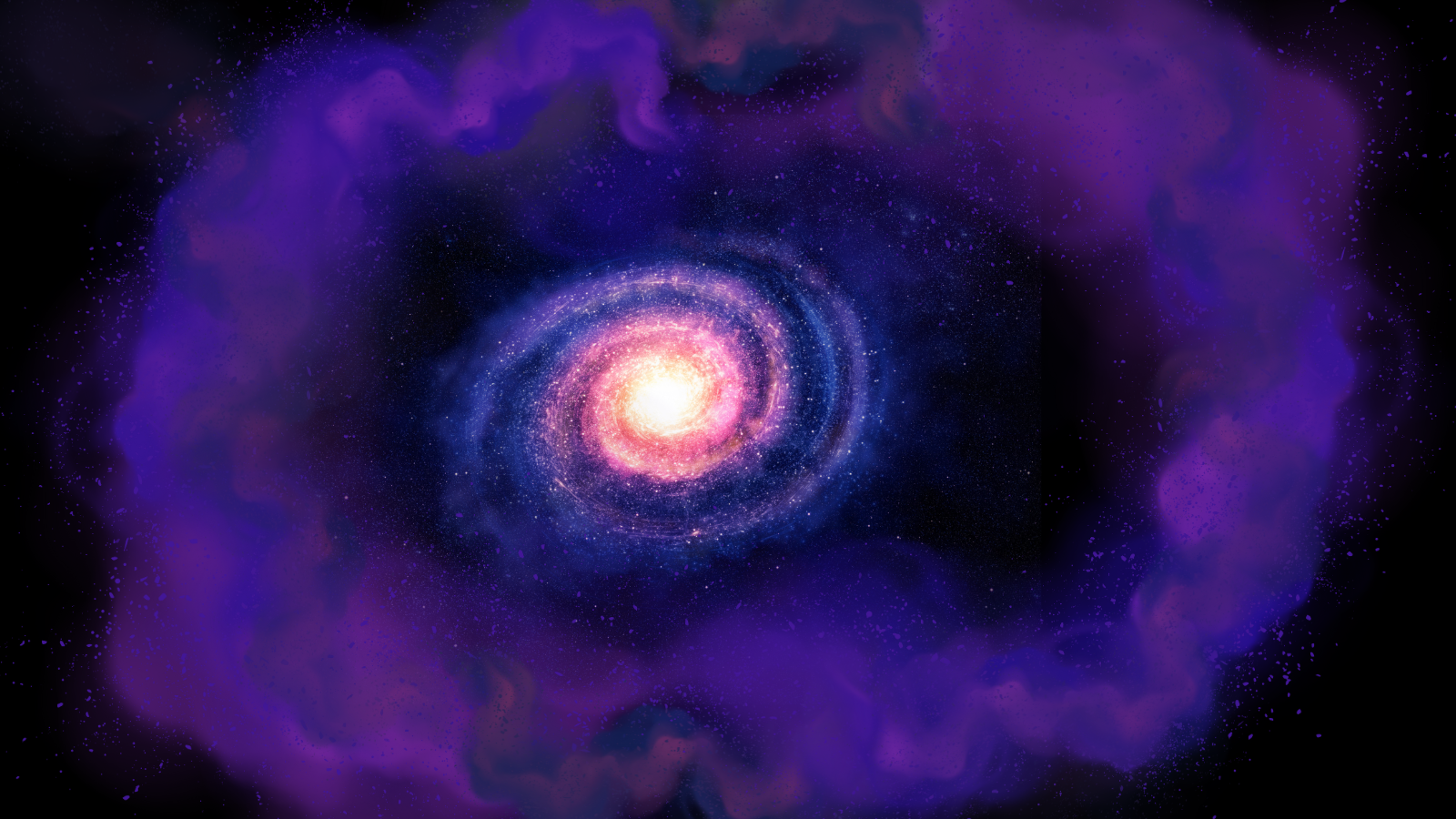
Dark matter may have caused a baffling break in this star stream
By Robert Lea published
A strange break in a stream of stars in the Milky Way could be the result of dark matter, but only if the dark matter is hot and self-interacting.
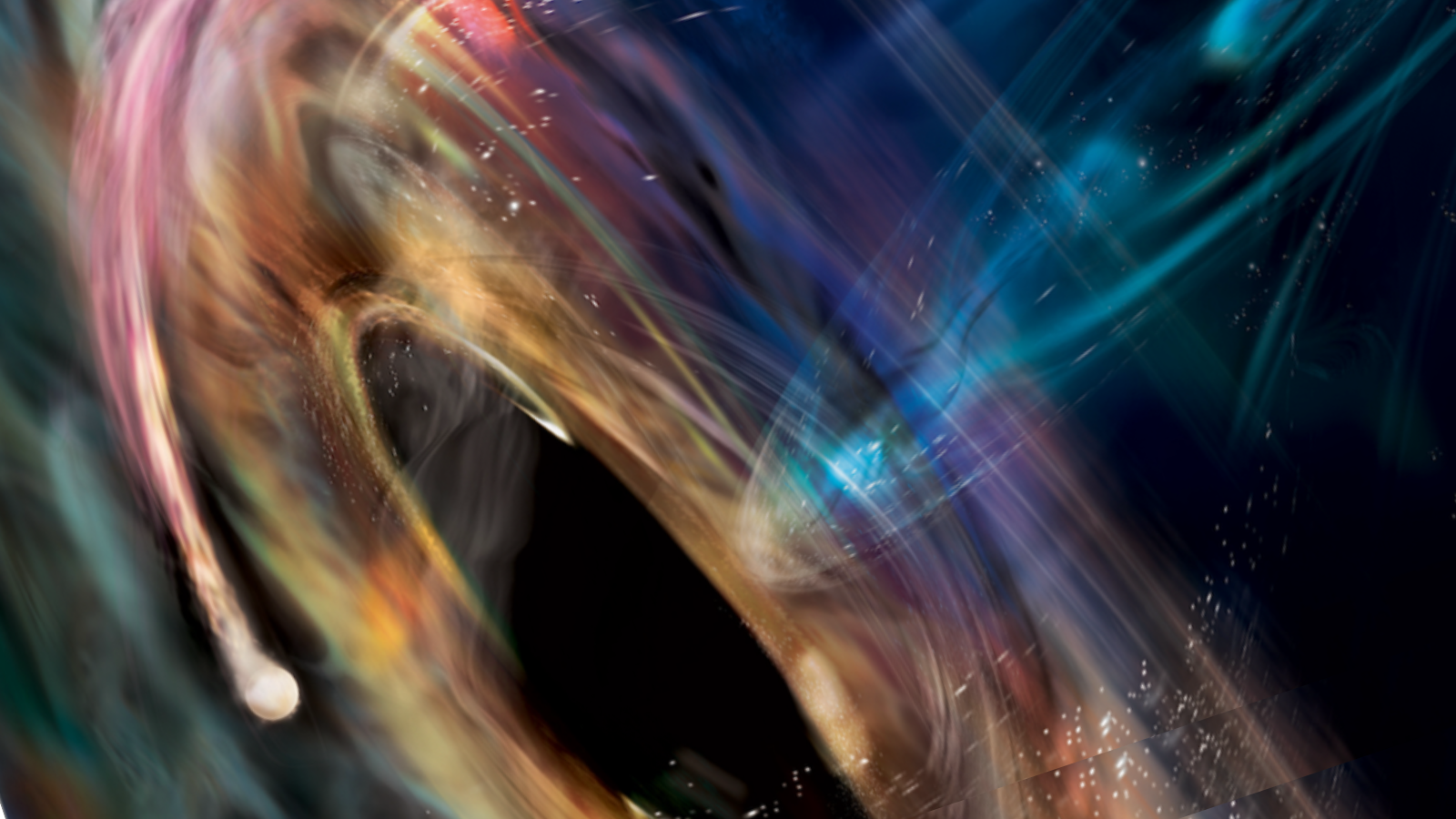
'Daredevil' white dwarf star could be closest-known object to a weird black hole
By Robert Lea published
The weird outbursts of a distant supermassive black hole may be caused by a death-defying white dwarf walking a cosmic tight rope around it.
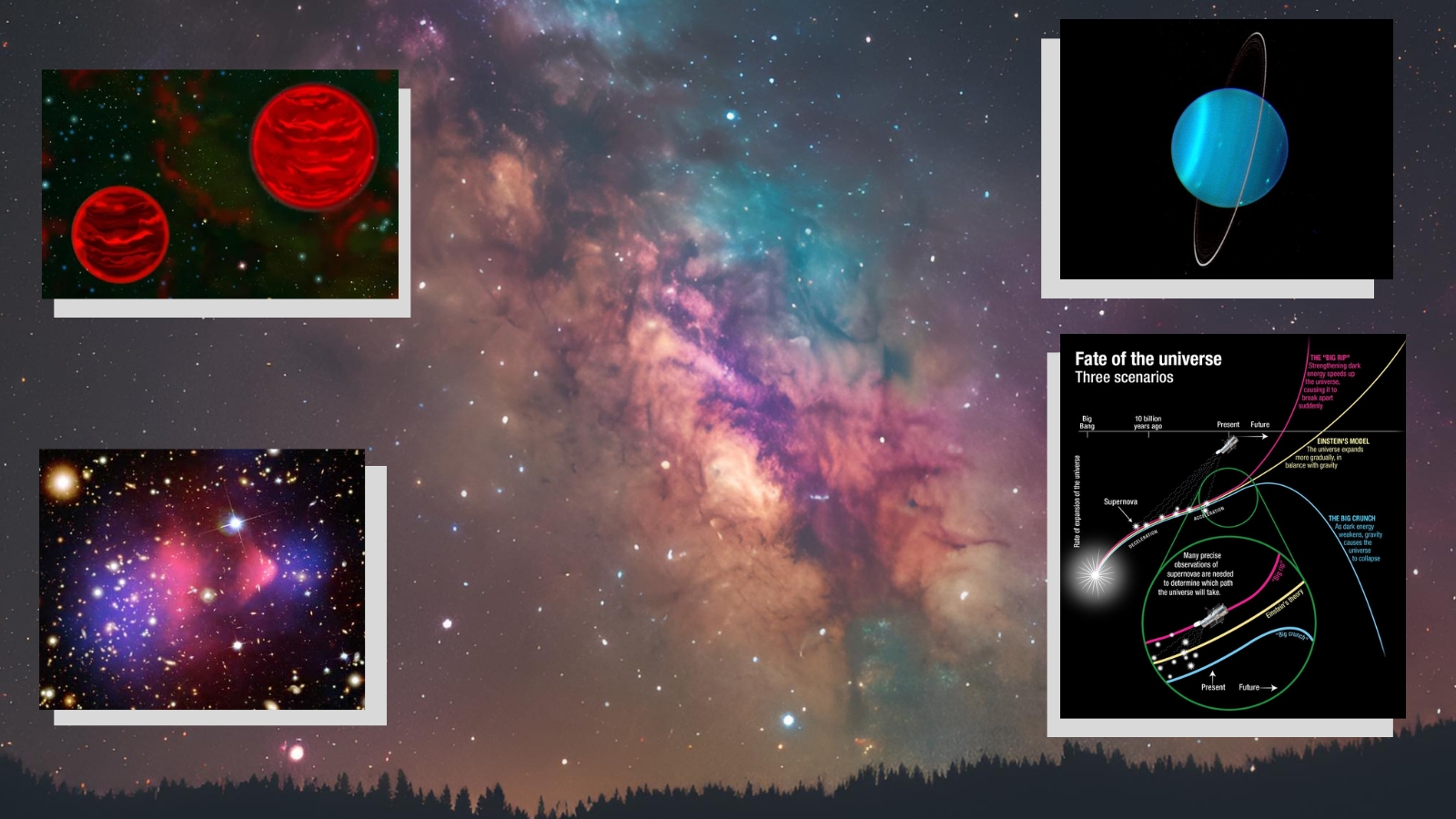
8 of the greatest mysteries in the universe
By Robert Lea last updated
Dark energy, supermassive black holes, JuMBOs … Oh my!
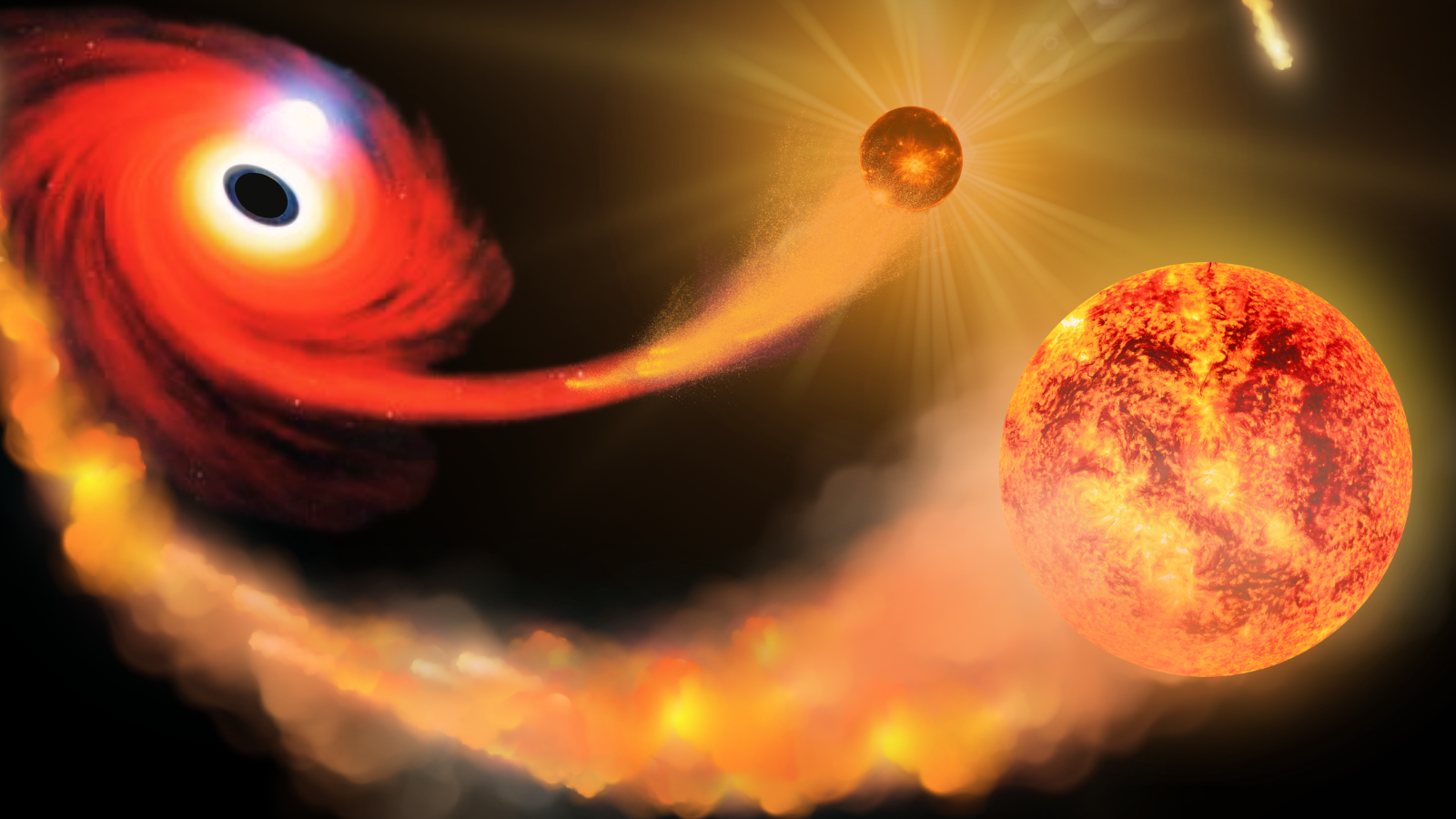
Star escapes ravenous supermassive black hole, leaving behind its stellar partner
By Robert Lea published
Scientists want to know if a tidal disruption event that exploded twice is the result of a star abandoning its binary partner, allowing it to be devoured by a supermassive black hole.
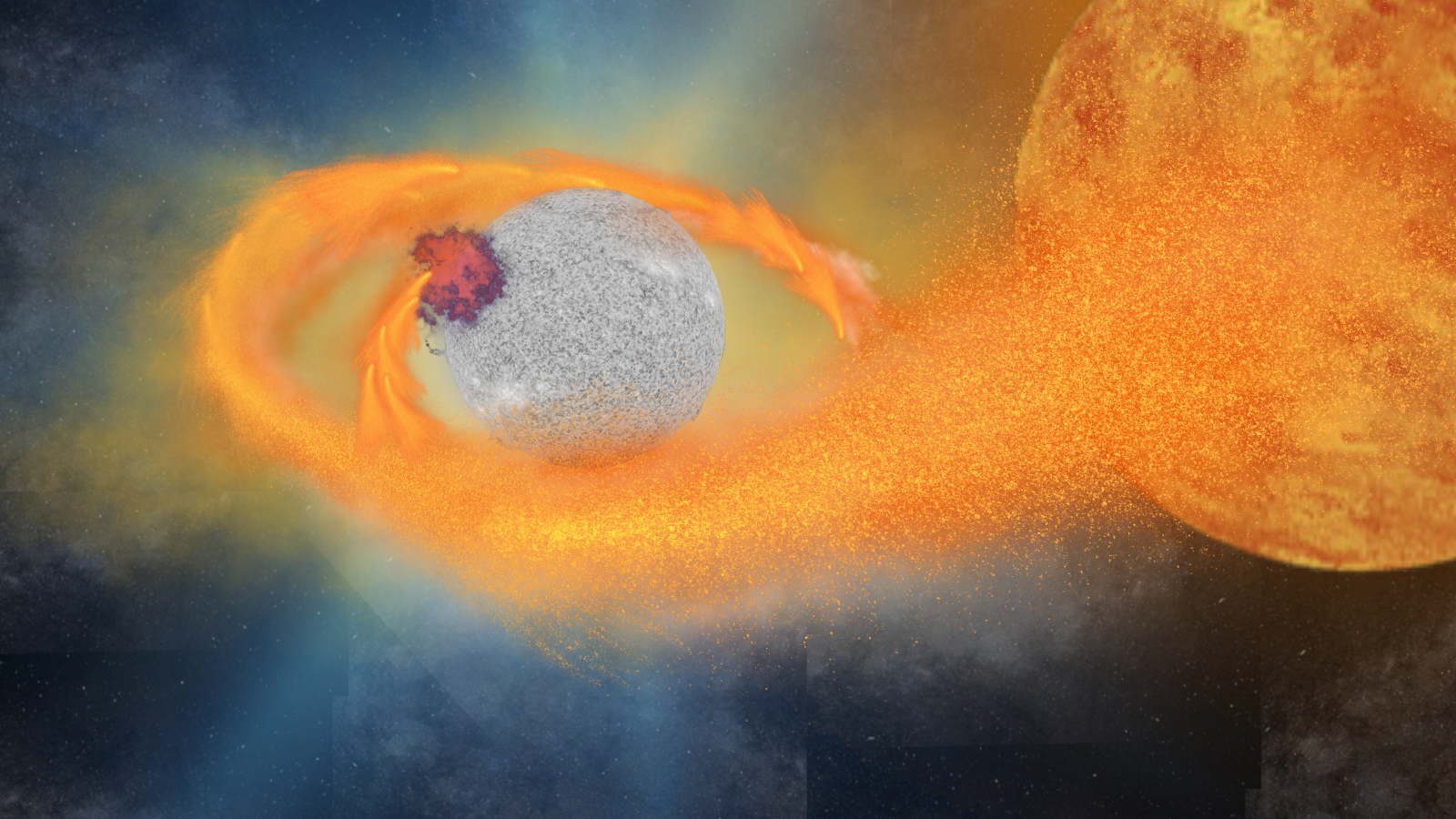
The fastest-spinning 'vampire star' we know of is shrinking. Soon, it will explode
By Robert Lea published
The fastest-spinning white dwarf ever discovered is a shrinking cosmic vampire feasting on a stellar companion. A feeding process is pushing the dead star toward an imminent supernova explosion.
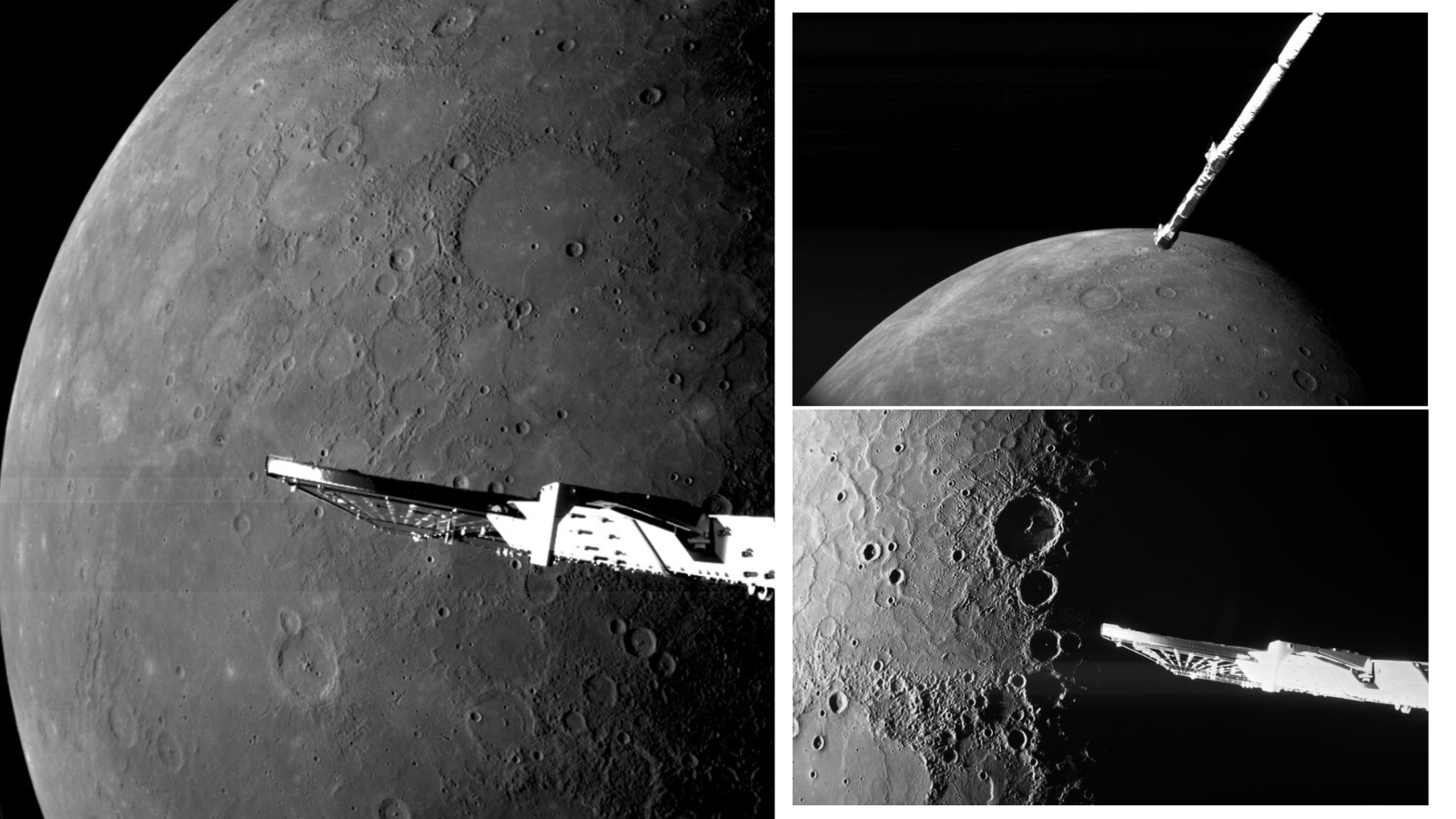
Mercury looks stunning in images from BepiColombo spacecraft's 6th and final flyby
By Robert Lea published
BepiColombo made its sixth and final flyby of Mercury on Wed (Jan. 8) capturing images of the tiny planet hinting at the mysteries it will soon investigate.
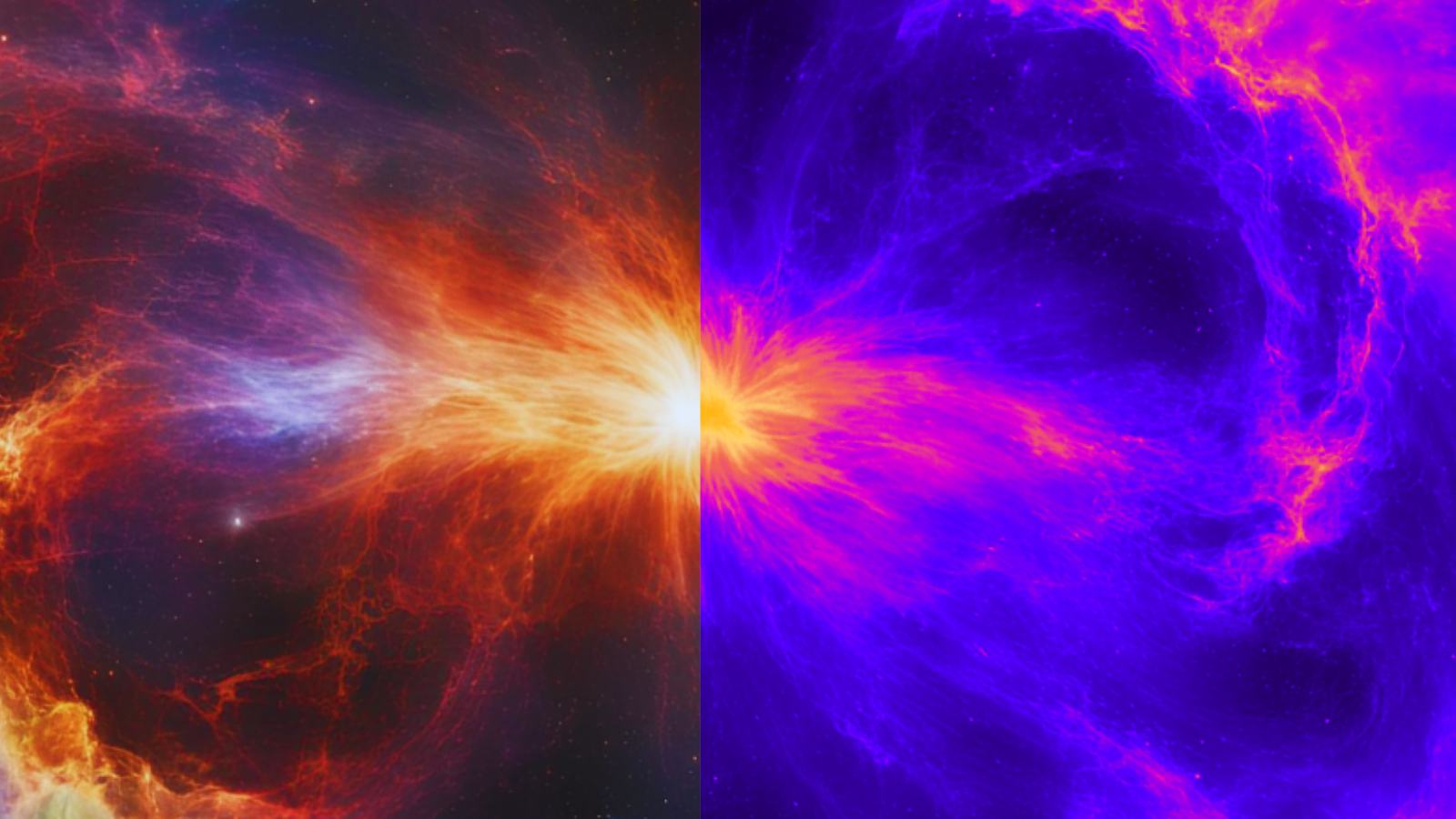
'Dark photons' at Big Bang's cosmic dawn could shine a light on dark matter
By Robert Lea published
Interactions between dark matter and dark photons during a "missing chapter" cosmic history could shed light on one of the most troubling cosmic mysteries.
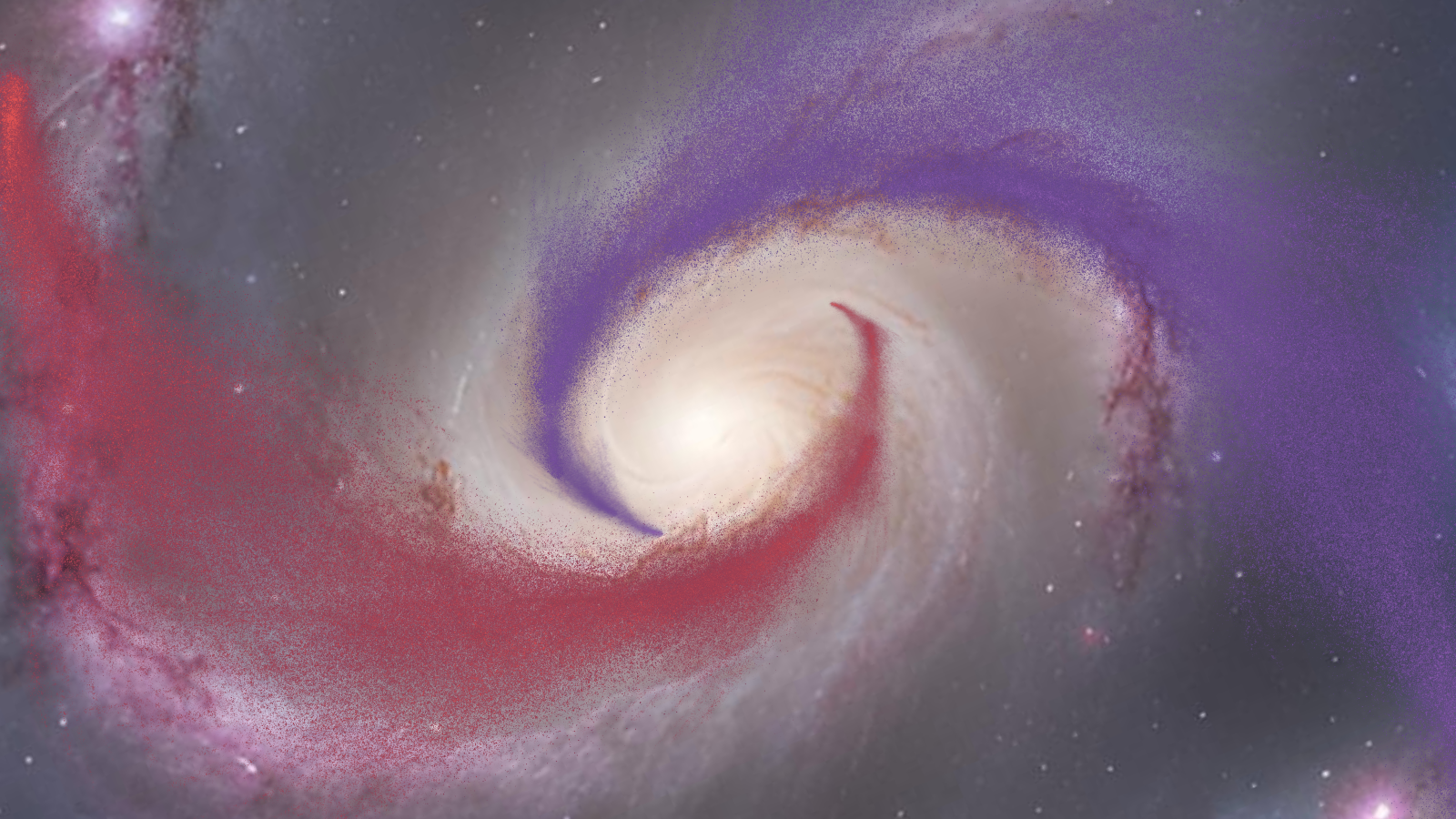
Building blocks of life on Earth left the Milky Way before being pulled back in
By Robert Lea published
You may be stuck in the Milky Way but new research suggests the carbon that makes up your body took an intergalactic round trip on a cosmic conveyer belt.
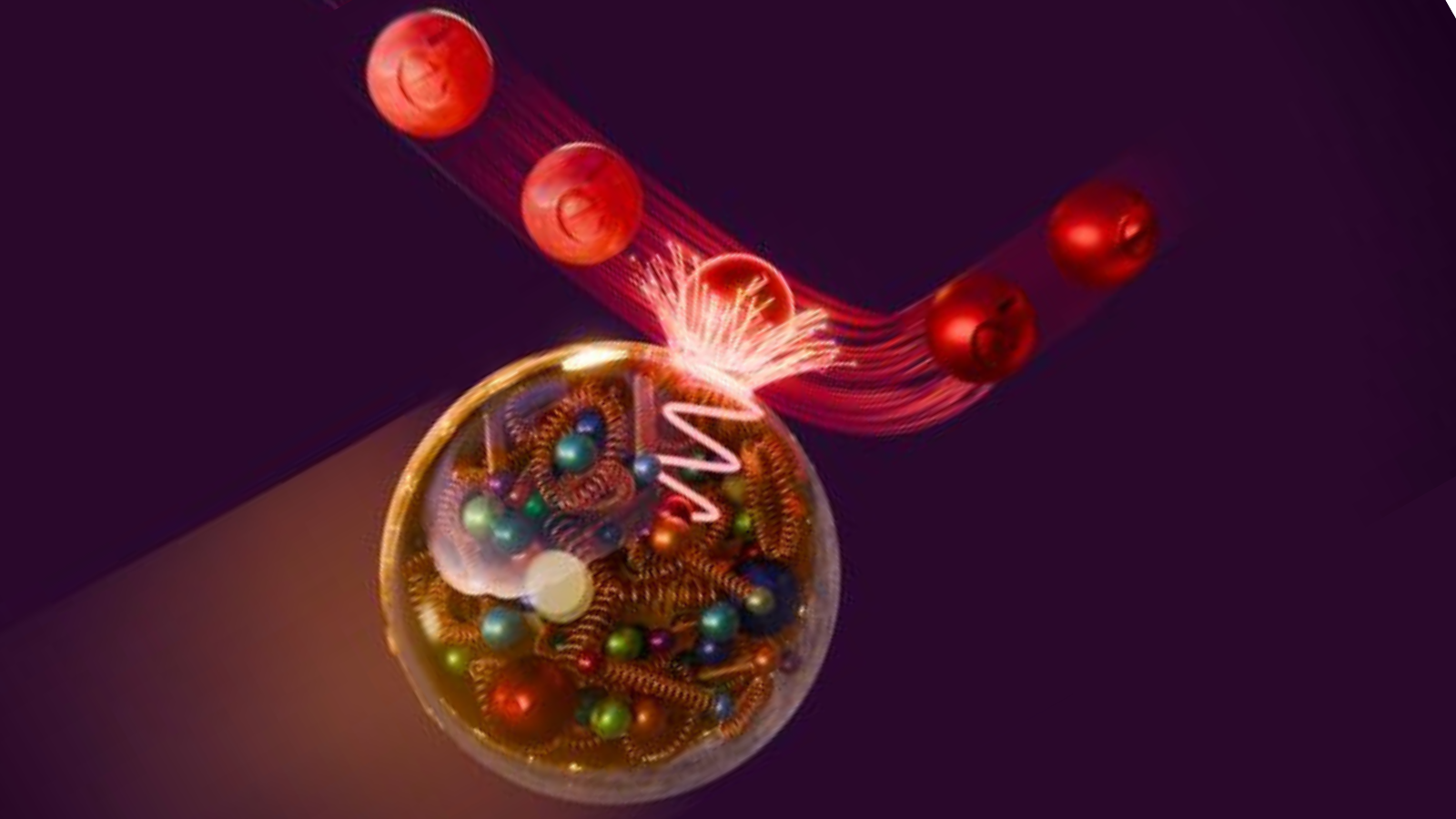
Scientists find 'spooky' quantum entanglement on incredibly tiny scales — within individual protons
By Robert Lea published
Einstein may have been troubled enough by entanglement to call it "spooky action at a distance" but scientists have discovered it operates at small scales between quarks and gluons in protons.
Get the Space.com Newsletter
Breaking space news, the latest updates on rocket launches, skywatching events and more!
